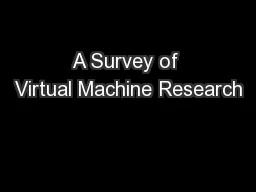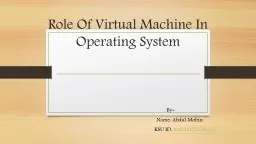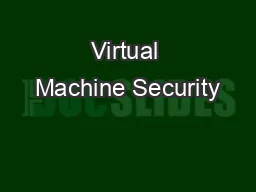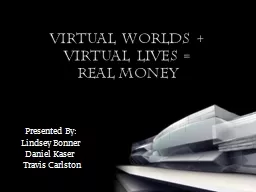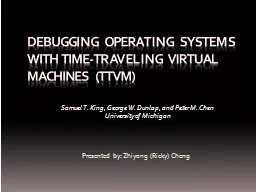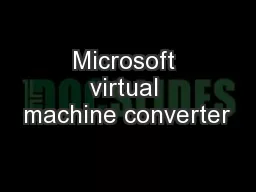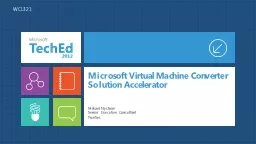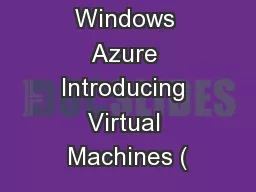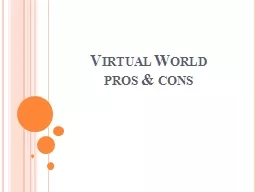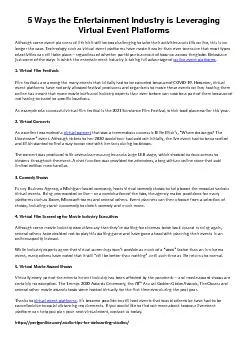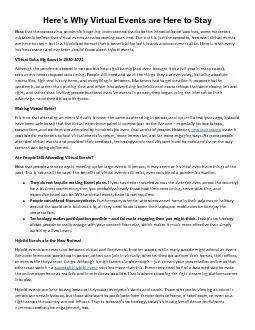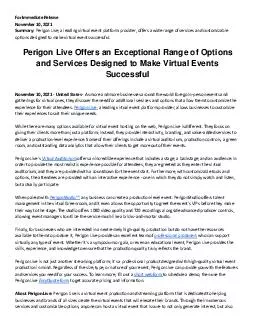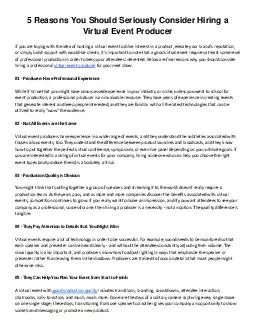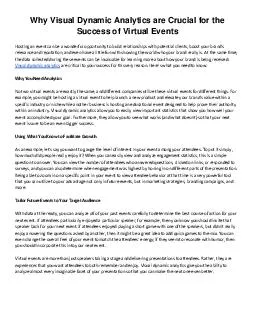PPT-A Survey of Virtual Machine Research
Author : tatyana-admore | Published Date : 2017-08-02
Landon Cox April 12 2017 How do we virtualize Key technique trap and emulate Untrusted user code tries to do something it cant Transfer control to something
Presentation Embed Code
Download Presentation
Download Presentation The PPT/PDF document "A Survey of Virtual Machine Research" is the property of its rightful owner. Permission is granted to download and print the materials on this website for personal, non-commercial use only, and to display it on your personal computer provided you do not modify the materials and that you retain all copyright notices contained in the materials. By downloading content from our website, you accept the terms of this agreement.
A Survey of Virtual Machine Research: Transcript
Download Rules Of Document
"A Survey of Virtual Machine Research"The content belongs to its owner. You may download and print it for personal use, without modification, and keep all copyright notices. By downloading, you agree to these terms.
Related Documents

